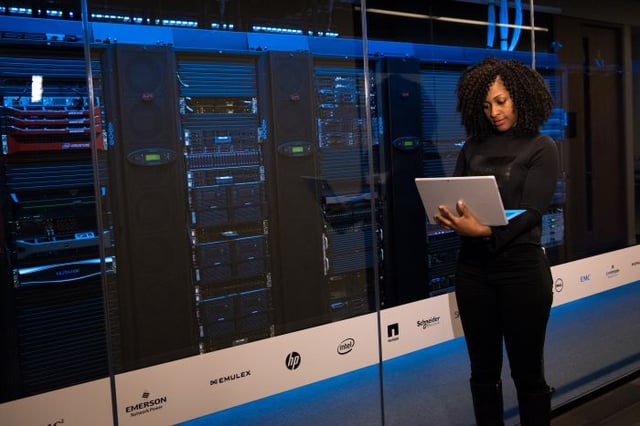
Digital Integration: Overcoming Enterprise Data Challenges

In enterprise circles, a serverless architecture sounds like infrastructure deconstruction to the extreme. How can you do anything without a server to process data?
But marketing hype being what it is, serverless does not actually mean “without servers.” Instead, it refers to an application deployment model in which issues surrounding server configuration and provisioning are no longer handled by the developer.
While the underpinnings of serverless architecture have their origins in PaaS and IaaS frameworks dating back to the early cloud days, the modern movement can be traced to late 2014 when Amazon launched its Lambda service. According to software engineer Alex Casalboni, Lambda offers a means to run code, create backends and do everything else to support an application without delving into capacity management, OS updates, fault tolerance and other tasks related to server management. The key advantage is that it allows you to lease server capacity on a sub-second basis – literally, you pay only for the split second it takes to churn data – which not only lowers cloud computing costs but provides a highly robust environment for microservices.
As with most tech developments, it can be hard to nail down exactly what is and is not serverless, says Forbe’s Janakiram MSV. But in general, you should look for a number of key attributes before getting started. These include not only zero configuration and rapid deployment capabilities, but the ability to run the code of your choosing rather than prepackaged binaries, as well as access to multiple runtimes, languages and frameworks. One of the more intriguing aspects of serverless, though, is the idea of zero operations, which extends not just to provisioning but to areas like build management, integration and monitoring – to the point where some developers are starting to talk about a “NoOps” framework that would supplant the DevOps model that is just barely getting started in the enterprise.
The buzz being generated by AWS Lambda is already drawing contenders into the ring. Google and Microsoft have deployed their own solutions, Google Cloud Functions and Azure Functions, respectively, and now the trend is catching on among mid-tier providers as well. Iron.io recently teamed up with the Cloud Foundry Foundation to integrate its serverless API to the Cloud Foundry platform, effectively enabling an open architecture that can function across multiple clouds. The setup uses a native Diego runtime to support container-based workloads, with integration handled by a community-based service broker that links users to available resources. In this way, organizations can build highly adaptable development architectures without relying on a single cloud provider.
Operationally, serverless computing can remove many of the latency and data availability issues that hamper crucial applications like ecommerce, says InformationWeek’s Charles Babcock. A customer looking to make a purchase but who needs additional data from a third-party provider could activate a JavaScript or Python microservice that instantly checks inventory, distribution and other aspects of the transaction that would help close the deal, all without having a cloud-based virtual server standing by the whole time. Tie multiple microservices together and link them to a mobile app and you have the makings of a truly innovative user experience, even for such mundane tasks as shopping.
Although serverless architectures are fairly new on the IT scene, they fit in well with the broader wave of automation that is sweeping over data infrastructure. The less management that humans get stuck with, the more value they can bring to data (and to themselves) by developing new and creative ways to support the business model.
In fact, it isn’t hard to see serverless as the harbinger for storageless and networkless operations as well, leading to a virtually hands-free data environment where anyone can create the service of their dreams, no experience necessary.
Arthur Cole writes about infrastructure for IT Business Edge. Cole has been covering the high-tech media and computing industries for more than 20 years, having served as editor of TV Technology, Video Technology News, Internet News and Multimedia Weekly. His contributions have appeared in Communications Today and Enterprise Networking Planet and as web content for numerous high-tech clients like TwinStrata and Carpathia. Follow Art on Twitter @acole602.











